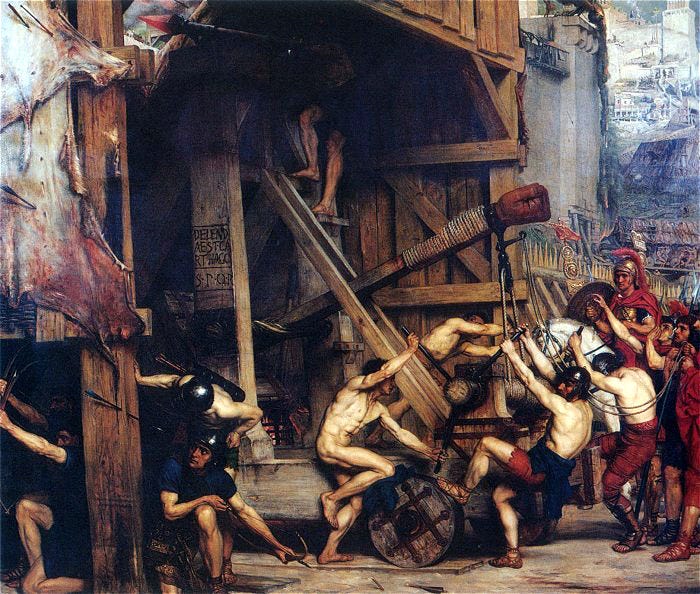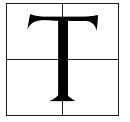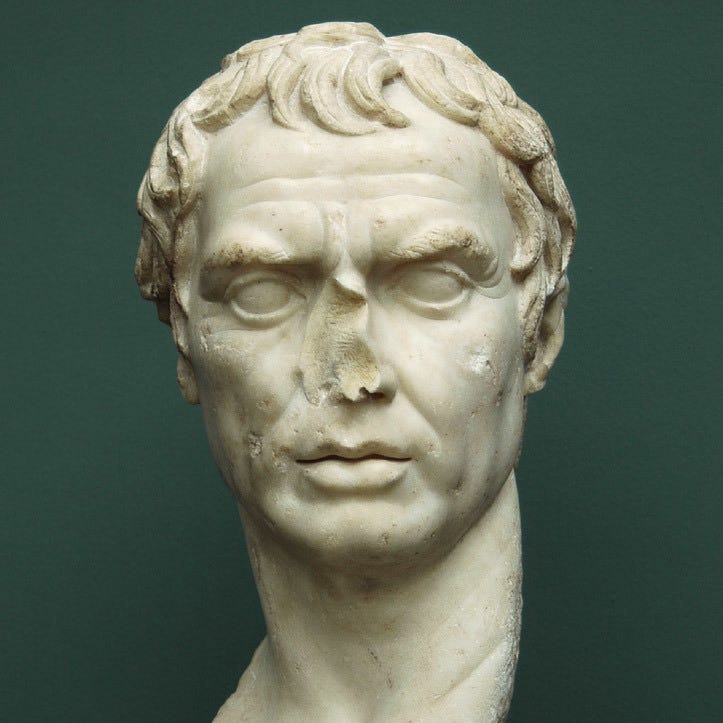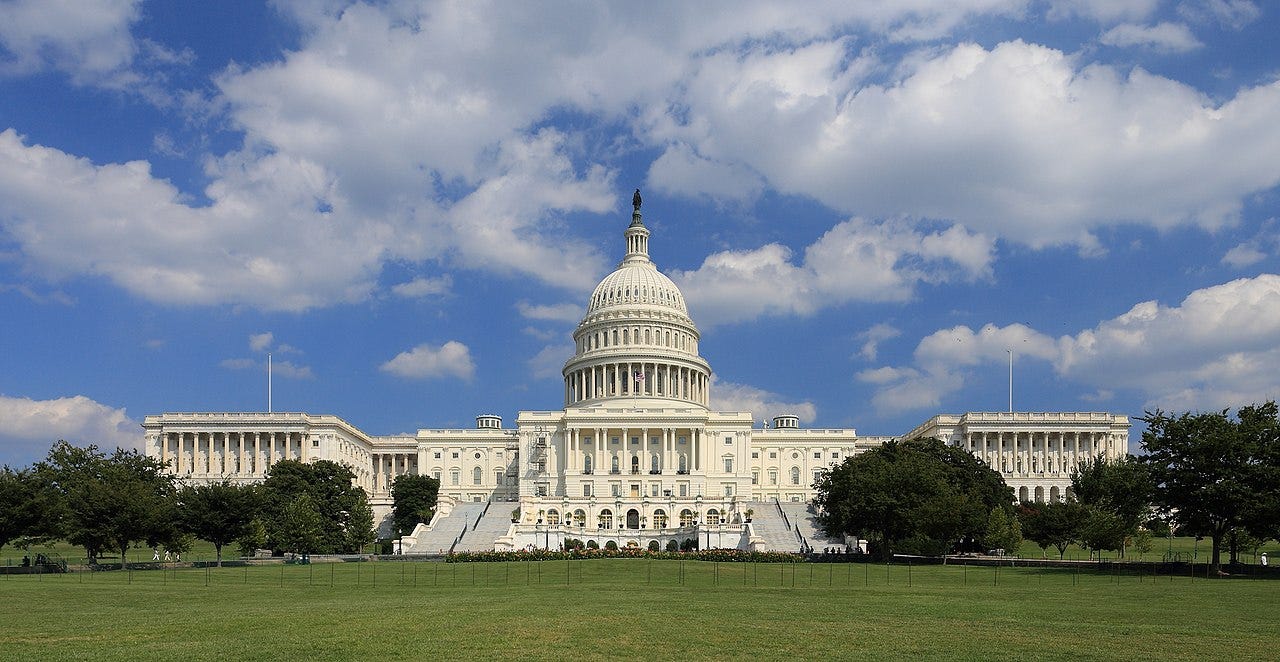What Led to the Fall of the Roman Republic
The Fall of Carthage —Refuse of the Roman Commonwealth
The showtime of a turning betoken

 T he year was 218 BC when Hannibal appeared from the Alps. In a move that stunned the Romans living in Italy and echoes through history in such a way that information technology still rings loud in our ears today — having been studied by masters of warfare such as Napoleon — he wreaked havoc in the peninsula.
T he year was 218 BC when Hannibal appeared from the Alps. In a move that stunned the Romans living in Italy and echoes through history in such a way that information technology still rings loud in our ears today — having been studied by masters of warfare such as Napoleon — he wreaked havoc in the peninsula.
For fifteen long years he, his ground forces, and Gallic allies tore through towns and villages, called-for, annexation, slicing, and gutting the very heart of the Roman Commonwealth. Entire settlements were reduced to rubble on his path of devastation and at the boxing of Cannae he slaughtered over fourscore,000 men in a tactical masterpiece.
Even so, despite all the havoc and destruction he wrought, Hannibal was unable to take the prize: Rome itself. In an essential turning point, just after the boxing of Cannae in 216 BC, when the road to Rome lay open, Hannibal turned dorsum to looting and pillaging instead of marching on the city. Even to this solar day scholars contend what would have happened had he gone for the heart.

Even so, he sent an envoy to the Roman Senate with his demands. Subsequently ii years of marauding, it is thought he had reduced the male population of Rome by a fifth, with a death count of 200,000 for the men solitary. In the urban center of Rome people panicked when hearing of their loss, the senate was alight with discussion from sunrise to dusk. Plutarch says that women walked the streets in search of their sons and husbands — death hung over the city. And so, Carthalo, the leader of a delegation from Hannibal, entered Rome offering reasonable terms of give up and an end to the state of war.
Rome was in anarchy. Their men were expressionless, their allies had defected, and their people were frightened at the idea of another battle of Cannae — at the monster Hannibal who lurked over the Servian wall and whose shadow blotted out the land. Fear was the give-and-take of the day. Morale was crushed and the hereafter hung in the balance as Carthalo read his terms.
"Never when the metropolis was in safety was at that place and then dandy a panic and confusion within the walls of Rome." — Livy discussing the backwash of the boxing of Cannae, Book 22, Affiliate 54.
Hearing out his terms and deciding they were an affront to Roman pride and an insult to the gods, the Senate raised some other army.
Turning point
Hannibal was defeated on his dwelling house turf in the northern reaches of Africa at the battle of Zama in 202 BC. After over a decade of tearing Italy autonomously piece by piece and being harassed by Rome'southward second army in a slowly turning battle for Italia, he had to return to Carthaginian soil to face the human being shortly to exist known as Publius Cornelius Scipio Africanus for his decisive victory.

The Second Punic War drew to a close as Rome imposed humiliating conditions on the ancient trading empire when it sued for peace. With Scipio Africanus within marching altitude of Carthage itself and the Iberian Peninsula having fallen to him a few years earlier, it was not so much a question every bit a demand.
With that, Rome had stunted the growth of an aboriginal power even older than itself and paved the route to condign the strongest ability in the Mediterranean. That did non mean all was well in Rome though. Many in the Senate still called for state of war, the retention of the boxing of Cannae and all the devastation that followed was still a fresh scar on the Roman pride. Cato the Elder famously, and perhaps tediously, ended every speech he fabricated in the Senate with 'Carthago delenda est!' ('Carthage must exist destroyed!').
So it was that in 149 BC, over fifty years subsequently the end of the 2nd Punic State of war and under the questionable pretense of Carthage having cleaved the contract of their original slice, Rome declared war.
"It was decided to declare war on Carthage, considering the Carthaginians had, contrary to the treaty, ships, considering they had sent an army exterior their territory, because they had waged war against Massinissa, an ally and friend of the Roman people, and considering they had refused to receive in their city Massinissa's son Gulussa (who had been with the Roman envoys)." — Livy, History of Rome, Volume 49
The Second Punic War had lasted seventeen years while the 3rd merely lasted three. In a cyclone slaughter, Scipio Aemilianus (the adoptive grandson of Scipio Africanus) broke two years of brackish progress in Africa with a naval victory that transitioned into the full destruction of Carthage. In six days the city was burned, sacked, and salted. Its citizens chained and raped.
The first over the walls of the metropolis was a man that we shall exist discussing in the very near future — Tiberius Sempronius Gracchus — a soon-to-be hero of the Roman people and leader of the plebs.
History repeats itself
At this point, you might be wondering what this at all has to do with the pass up of the Roman Republic. How the republic's nigh famous victory, an almost unthinkable comeback from the brink of despair and destruction, could in whatever fashion be seen as a reason for its demise. To get an answer to this we tin can really look to the modern earth.
The United States is often compared to the Roman Democracy in terms of power and political system. The founding fathers themselves modeled the system of authorities after the Roman Democracy of quondam. In the corridors of the Capitol voices of men such as Scipio, Cicero, and Cato echo faintly. The retentivity of their democracy withal alive on a continent they never knew existed.

With the fall of the Soviet Union in the 1990s, the United states was left with a hegemonic dominion over the globe, unchallengeable, invincible. The destruction of what the people of the Usa saw every bit their only global threat collection them to begin looking inward. Today, that inward view is first to bubble to the surface.
The political today state of affairs is more loftier-strung than ever in living retention. Partisans come head to head publicly with vicious attacks, each side demonizes the other and all cries for compromise are silenced. Amidst this are the undercurrents of detest and suspicion, cries of the deep state and backroom deals, corruption in the Senate.
This is a situation identical to the one Rome institute itself in over two millennia ago. The Romans, ever a stoic and brave people found themselves without an enemy to unite against, without a reason for their stoicism and bravery. Traditional Roman values — much to the disgust of many Romans at the time — began to give way to lives of wealth and luxury. Slowly, Rome saw itself changing, and with that change, new challenges arose that would eventually see the republic fall and give way to imperial rule.
In a way, you could virtually argue that Carthage did destroy the republic.
Where to next?
Evidently, it didn't but happen like that. The autumn of Carthage did non immediately herald the fall of the republic. The process was gradual, a face-to-face stream of normalizing previously unthinkable practices that eventually saw the republic of l BC unrecognizably different from the one that set Carthage smoldering. It was not merely the birth of great men that set up the commonwealth to rest, but instead one-hundred years of boundary-pushing.
In the next story, I intend to take a await at the offset human being over the walls of Carthage, Tiberius Sempronius Gracchus, and the part he played in advancing the turn down and eventual collapse of the Roman Republic.

Source: https://historyofyesterday.com/the-fall-of-carthage-decline-of-the-roman-republic-a002fa1cdc75
0 Response to "What Led to the Fall of the Roman Republic"
Postar um comentário